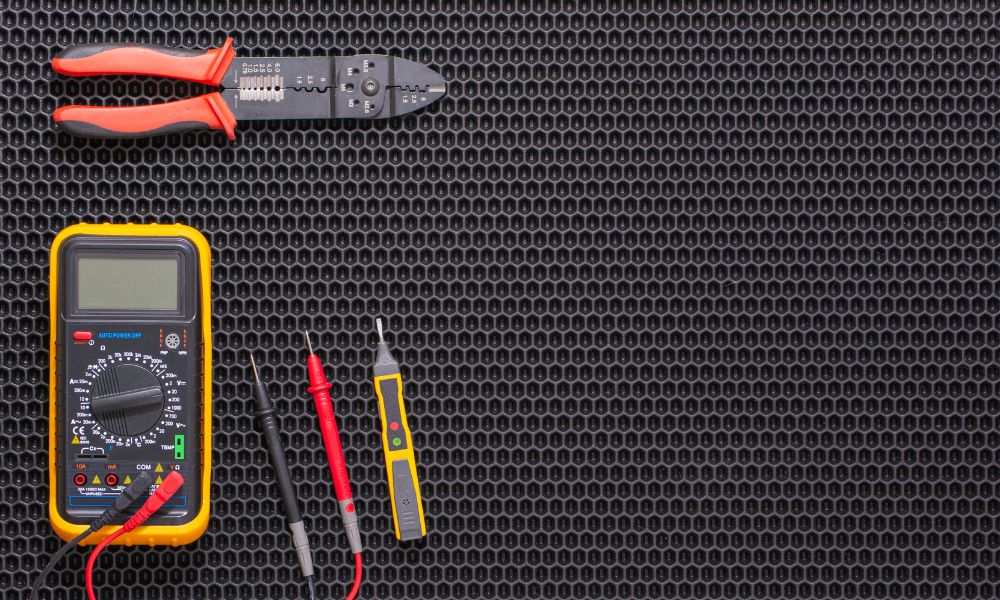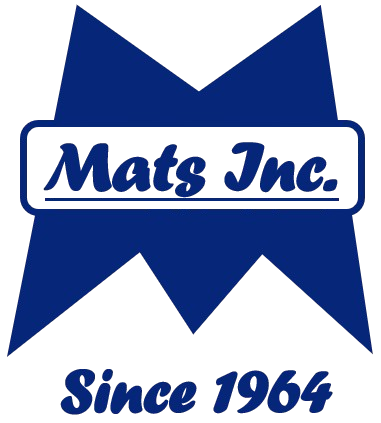Choosing the Right Switchboard Matting for Your Application

Many electricity-related accidents in the industrial sector can potentially occur. While following proper safety protocols with your actions is the primary way to prevent these accidents, it helps to receive assistance from switchboard matting.
Luckily, there are regulations in place to ensure the safety of workers. OSHA mandates that workplaces with regular electrical hazards must provide a safer environment for employees. This is possible by choosing the right switchboard matting for your application.
How They Work
By insulating employees from potentially fatal consequences, non-conductive switchboard matting may save lives in dangerous environments.
Switchboard matting shields workers from electrical disasters by isolating them from the floor. Before touching sensitive machinery, employees may quickly and easily ground themselves on the mats. Non-conductive mats are preferable to static dissipative mats for use near high-voltage equipment because they dissipate static energy swiftly.
The amount of electricity a switchboard mat can protect employees from depends on its thickness. When used in a region where the voltage might exceed the mat’s limitations, it offers employees a false feeling of security and increases their risk of serious injury or death.
The Dangers of Voltage
You never want to gamble with electricity and voltage. Because of this, many workplace settings rely on electrical matter to limit the dangers of high voltage. The following is a list of happenings and conditions that proper electrical matting prevents.
- Frequency burns: Radio frequency burns occur if there’s too much exposure to micro or radio waves.
- Arc flash burns: Arc flash burns happen from an arc blast when massive volumes of focused energy burst forth. Arc blasts only happen a handful of times yearly on record, but they can possibly lead to permanent hearing loss and a collapsed lung.
- Respiratory arrest: An electrical charge can render your lungs useless, prohibiting them from contracting as they should.
- Ventricular fibrillation: A jolt of electricity can cause some hearts to quiver instead of beating normally. If this happens, the blood could stop flowing, leading to death.
- Cardiac asystole: This happens when the heart completely stops. Pairing this with ventricular fibrillation leads to cardiac arrest.
The Standard
There are two types of mats that businesses and the military will turn to: ANSI/ASTM D178-01 (business) and MIL-15562-G (military).
ANSI/ASTM D178-01 mats go into different types and classes. For further information on the mat’s composition, please refer to its types:
- Type I mats consist of elastomer and vulcanized compounds.
- Type II mats have the same properties but include oil, ozone, and flame resistance.
Regarding their classes, Class 1 maximum voltage is 7,500 VAC, Class 2 is 17,000 VAC, and Class 3 is 26,500 VAC.
The United States Navy and the Department of Defense have endorsed the MIL-15562-G military standard. This standard establishes 3,000 VAC as the maximum acceptable voltage. The document categorizes switchboard mats as follows:
- Type I is a marbleized switchboard mat. Seamless materials allow for fully customized sizes of switchboard flooring.
- Type II switchboard mats are fire resistant and fit snugly around a single piece of equipment.
- Type III mats are fire-resistant, non-slip, and made to cover a specific workspace or piece of equipment.
Choosing the right switchboard matting for your application is imperative to keep everyone in the vicinity safe from electrical overload. Mats Inc.’s switchboard mats ensure no shocks in your establishment.


